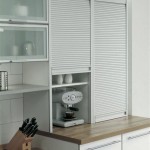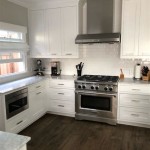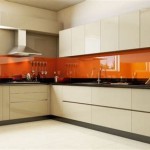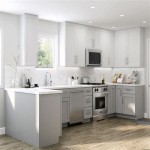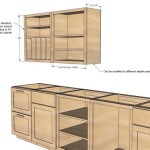Essential Aspects of Diy Kitchen Cabinet Door Trim
DIY kitchen cabinet door trim plays a crucial role in enhancing the aesthetics and functionality of your kitchen space. Understanding the essential aspects of this project is essential for a successful outcome. This article explores the key considerations, from materials and design to installation and finishing techniques, to guide you through the process effectively. Let's delve into the critical elements that comprise a successful DIY kitchen cabinet door trim project.
Materials and Design: The choice of materials and design for your cabinet door trim sets the tone for the overall look of your kitchen. Consider the style of your cabinetry, the existing décor, and your personal preferences when selecting materials. Common options include wood, laminate, and vinyl, each offering unique properties and aesthetic possibilities. The design should complement the cabinetry and enhance the functionality of the doors.
Accurate Measurements and Cutting: Precise measurements are crucial for a professional-looking trim. Measure the length and width of the cabinet door, including any existing trim, to determine the required dimensions for the new trim. Use a miter saw or a miter box to cut the trim pieces at precise angles, ensuring a seamless fit during installation.
Installation Techniques: The installation process can vary depending on the type of trim and the cabinet door design. For overlay trim, it is typically attached directly to the cabinet door frame. Inset trim, on the other hand, requires a groove to be routed into the door to fit the trim, providing a concealed appearance. Secure the trim pieces using nails or screws, ensuring a firm and durable hold.
Finishing Touches: After installation, the trim should be finished to enhance its appearance and protect it from wear and tear. Sand any rough edges or splinters, then apply primer to create a smooth and even surface. Choose a paint or stain that matches your desired color scheme, and apply it with a brush or sprayer. For a durable finish, consider applying a clear sealant or lacquer to protect the trim from moisture and scratches.
By considering these essential aspects of DIY kitchen cabinet door trim, you can elevate the aesthetics of your kitchen and create a space that reflects your personal tastes. From material selection and design considerations to accurate measurements and finishing techniques, each step contributes to a successful project. Whether you are an experienced home renovator or a first-time DIY enthusiast, a well-executed kitchen cabinet door trim project can transform the look and feel of your kitchen, giving it a fresh and updated appearance.

Add Moulding To Flat Cabinet Doors Home Kitchens Diy Kitchen Cabinets

Adding Molding To Old Cabinets Diy Tutorial Kitchen Cabinet Doors

From Drab To Fab Adding Trim Cabinets

Kitchen Diy Shaker Style Cabinets Cherished Bliss

From Drab To Fab Adding Trim Cabinets

Adding Moldings To Your Kitchen Cabinets Remodelando La Casa

How To Add Trim And Paint Your Laminate Cabinets

Diy Inset Cabinet Doors A Beginner S Way Remodelando La Casa

Diy Kitchen Cabinet Upgrade With Paint And Crown Molding

Adding Shaker Trim To Flat Panel Cabinets Hometalk
Related Posts

